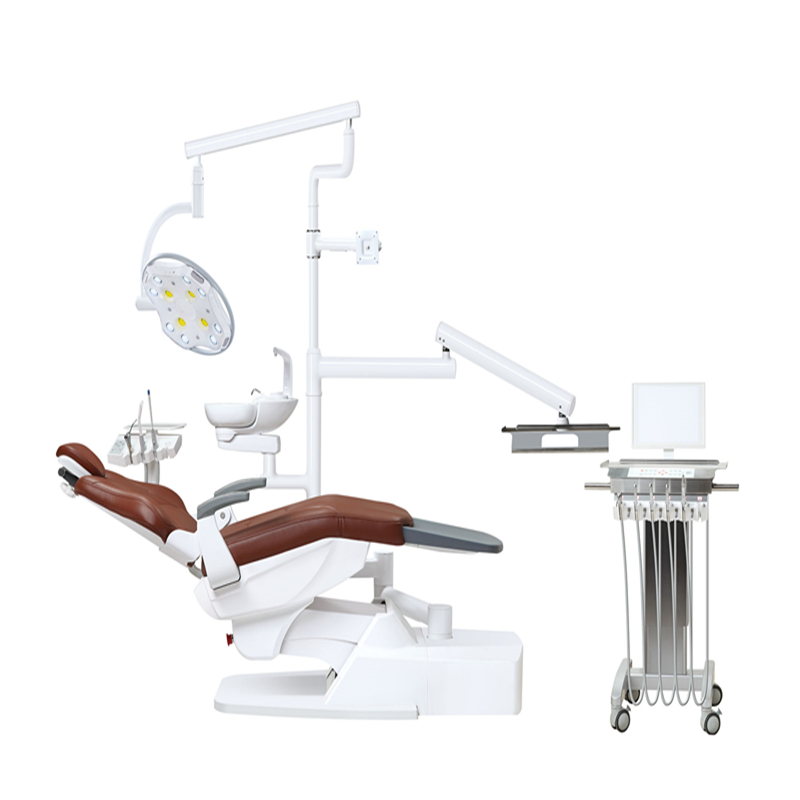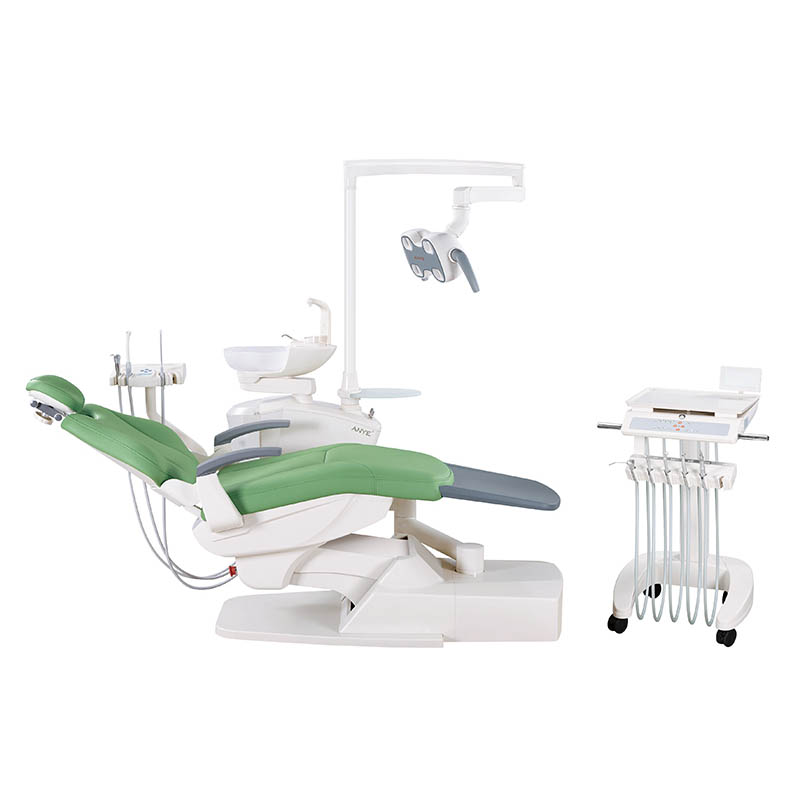Is A Dentist Chair A Hydraulic System?
In the field of dentistry, the equipment used is crucial for both patient comfort and the efficiency of dental procedures. Among these essential tools, the hydraulic dental chair plays a significant role. This article addresses the question: Is a dentist chair a hydraulic system? We will explore the mechanics of hydraulic systems, their components, their benefits, and how they compare to other types of dental chairs.
What is a Hydraulic Dental Chair?
A hydraulic dental chair is specifically designed for use in dental practices. It utilizes a hydraulic system to allow smooth adjustments in height, backrest angle, and other positions, enhancing patient comfort and facilitating various dental procedures. The hydraulic mechanism enables dentists to position patients optimally, ensuring accessibility and comfort during treatment.
Key Features
Hydraulic dental chairs come with several important features that contribute to their functionality:
-
Adjustable Height: The ability to raise or lower the chair allows for better access to the patient's mouth.
-
Reclining Backrest: The backrest can be tilted to different angles, accommodating various treatment needs.
-
Footrest Adjustments: Many chairs include adjustable footrests to support patients of different heights.
Understanding Hydraulic Systems
Hydraulic systems operate based on the principles of fluid mechanics, using liquid to transmit force from one point to another. In a hydraulic dental chair, this system consists of several key components:
Components of a Hydraulic System
-
Hydraulic Pump: This component generates pressure by moving hydraulic fluid through the system.
-
Hydraulic Fluid: A specially formulated liquid that transfers force within the system.
-
Cylinders and Pistons: These parts convert hydraulic pressure into mechanical motion, facilitating chair adjustments.
- Valves and Hoses: These components control the flow and direction of hydraulic fluid, allowing for precise movements.

Dental Chair Hydraulic System
Working Principle
When a dentist or assistant operates the chair's controls—often foot pedals or buttons—the hydraulic pump pressurizes the hydraulic fluid. This fluid is directed through hoses to cylinders that push pistons, resulting in smooth movements of the chair. This allows for quick and accurate positioning adjustments without disrupting ongoing procedures.
Advantages of Hydraulic Dental Chairs
Hydraulic dental chairs offer numerous benefits that enhance both patient experience and operational efficiency in dental practices.
Enhanced Patient Comfort
Hydraulic dental chairs are designed with patient comfort in mind. They typically feature ergonomic designs with padded seats and backrests that reduce discomfort during lengthy procedures. The customizable adjustments available allow dentists to tailor chair positions to alleviate strain on patients, creating a more relaxed atmosphere during treatments.
Practitioner Ergonomics
For dentists, hydraulic chairs provide significant ergonomic advantages. The height adjustability allows dentists to maintain proper posture while working, reducing strain on their back and neck during procedures. Additionally, the smooth movements facilitated by the hydraulic system ensure that adjustments are made quietly and seamlessly, minimizing distractions during treatment.
Workflow Efficiency
Hydraulic dental chairs contribute to workflow efficiency in several ways. The intuitive controls allow for rapid repositioning of patients, which is crucial during busy practice hours. Furthermore, many hydraulic chairs are designed to work seamlessly with dental tools and accessories, enhancing overall procedural efficiency.
Durability and Maintenance
Typically constructed from robust materials that withstand frequent use, hydraulic dental chairs require less maintenance than electronic chairs due to having fewer moving parts. However, regular checks for hydraulic fluid levels and potential leaks are essential for optimal performance.
Comparison: Hydraulic vs. Electric Dental Chairs
While both hydraulic and electric dental chairs serve similar purposes in providing comfort and accessibility during dental procedures, they operate on different mechanisms. Hydraulic dental chairs use hydraulic fluid for movement, making them generally quieter than electric chairs. They require regular checks for leaks but are often more affordable than their electric counterparts. On the other hand, electric dental chairs are powered by electric motors and may offer programmable settings with remote controls for precise positioning adjustments but can produce mechanical noise and may require electrical repairs.
Advantages of Hydraulic Chairs
The simplicity in operation with fewer moving parts makes hydraulic chairs easier to maintain compared to electric models. They provide reliable performance across a range of patient weights due to consistent force delivery while posing less risk of electrical hazards.
Disadvantages of Hydraulic Chairs
Despite their advantages, hydraulic chairs can present challenges such as potential hazards associated with hydraulic fluid leaks. Additionally, they may be less precise than electric chairs when it comes to specific positioning adjustments.
Maintenance of Hydraulic Dental Chairs
Proper maintenance is crucial for ensuring the longevity and functionality of hydraulic dental chairs. Regular checks should include inspecting for leaks around hoses and connections as well as ensuring that the hydraulic fluid is at appropriate levels since low levels can affect performance. Cleaning surfaces regularly and checking removable parts for wear or damage are also important maintenance tasks.
Troubleshooting Common Issues
Common problems with hydraulic systems may include air in the system, which can cause erratic movements; bleeding air from the system may be necessary in such cases. Additionally, dirty or degraded fluid can impair function; therefore, replacing it periodically is recommended.
Conclusion
In conclusion, a dentist chair equipped with a hydraulic system is an indispensable tool in modern dental practices. Its ability to provide smooth adjustments enhances both patient comfort and practitioner efficiency. While there are alternatives such as electric dental chairs, hydraulic models remain popular due to their reliability, ease of use, and lower maintenance requirements. Understanding how these systems work not only aids in better utilization but also emphasizes their importance in delivering quality dental care.



Leave a comment